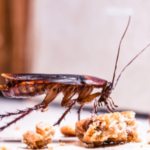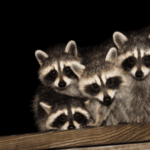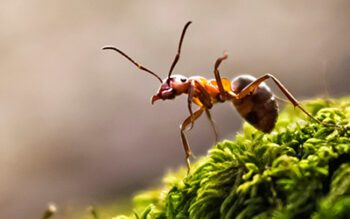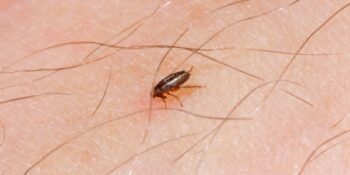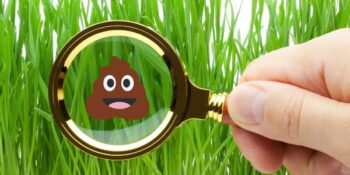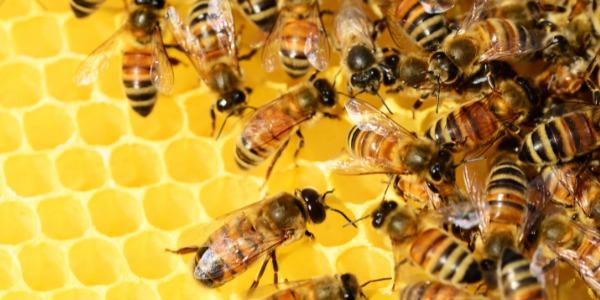
We wouldn’t be here if pests weren’t, well…pests. And while most of the insects we deal with on a daily basis are nuisances to Long Island homeowners, believe it or not, there are a few who we’re thankful to have around! With over 100,000 different species of insects in the United States alone, surely some aren’t so bad, right?!
We’re covering three beneficial insects we see on Long Island that we believe even the most pest-opposed homeowner will be able to appreciate: ladybugs, butterflies, and honey bees.
Beneficial Insect #1: Ladybugs
They’ve been associated with good luck since the Middle Ages—ladybugs are colorful, spotted beetles with appetites for other plant-eating insects. Because of this, ladybugs are impactful in the worlds of gardening and farming.
How Are Ladybugs Beneficial?
In gardens, aphids are a common nuisance pest that will suck the life out of crops and other plants. It so happens ladybugs love feeding on aphids, as well as some other plant-destroying pests like mites and scale.
So, ladybugs will lay hundreds of eggs right inside the colonies of aphids and other pests. Whenever these colonies hatch, and would otherwise wreak havoc on the crops, instead, the ladybug larvae begin to feed on the destructive pests instead.
Because of this, ladybugs bring more than just their “good luck” to farmers and gardeners—they save crops from the true pests!
Beneficial Insect #2: Monarch Butterflies
When you think of what a butterfly looks like, it’s likely you’ll picture a monarch butterfly, the vivid orange-red and black winged insect known for its impressive 2,500 mile migration each year (and one of the most magnificent natural phenomena in the world). But, more than just beauties, the monarch butterfly is beneficial to our planet.
How Are Monarch Butterflies Beneficial?
Monarchs are considered pollinator species, meaning they provide a vital ecosystem service. Pollinators move pollen from the male anther of a flower to the female stigma of the flower, resulting in fertilization. Without getting to this vital fertilization process, plants are unable to reproduce; pollination leads to the production of flowers, plants, and crops.
In the role of pollination, monarchs specifically pollinate many different wildflowers. Because of their incredible annual migration, the monarch is also considered to have the most highly evolved migration pattern of any butterfly or moth, and is vastly studied around the world.
Beneficial Insect #3: Honey Bees
It’s no secret that honey bees are a beneficial insect that’s vital to our ecosystem. Honey bees are social insects who are highly cooperative in their hives, with each and every insect in the colony serving a very specific role such as worker, drone, or queen honey bee. Honey bees do produce honey and beeswax, which we humans know and love, but their involvement with our natural environment is even more impactful.
How Are Honey Bees Beneficial?
Honey bees are one of the most efficient pollinators in the world, meaning they have a significant impact on a plant producing a fruit or vegetable! As important as they are to crop production, honey bees also play a vital role in pollinating native and wild plants, which is vital to preserving biodiversity on our planet.
Got Insect Questions? We’ve Got Answers
Suburban Exterminating is here for your insect needs, whether that’s to deal with a nuisance pest in your house, or to answer your most burning questions. To get a message to our on-staff Entomologist, call or text (631/516) 864-6900.

